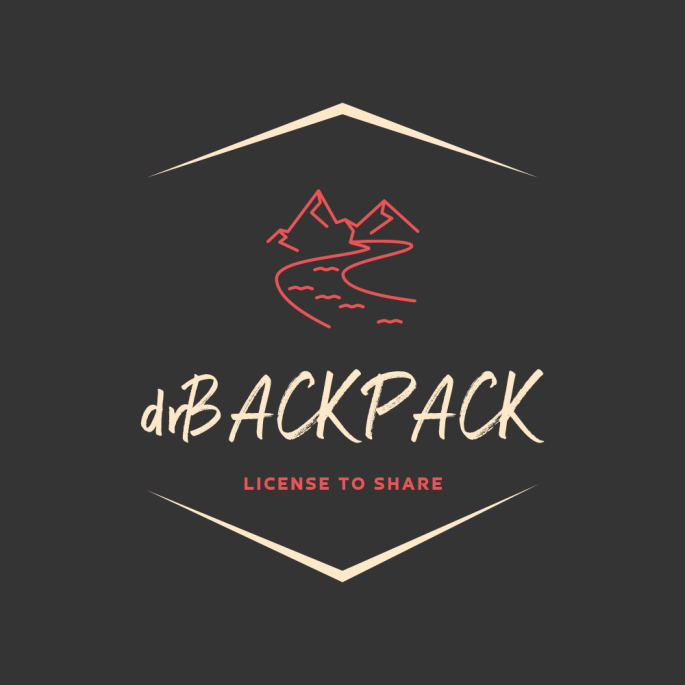I have several problems with the use of stereotypical images of Black African boys parading AK-47s whenever the term ‘Child Soldier’ is used in popular discourse. There is a strong likelihood that if you were to enter this term in a search engine such media would appear, along with images of children from the Middle and Far East due to contemporary and past armed conflicts.
Stereotype: A conventional, formulaic, and often oversimplified or exaggerated conception, opinion or image of (a person)
[source: https://en.wiktionary.org/wiki/stereotype]
However, such representations are flawed because they not only reinforce the view that young people of a select racial phenotype are subject to violence, subordination and exploitation, but this also serves to EXCLUDE. Who? Where are the girls? Where is the recognition that young people of all racial phenotypes around the world can be subject to such experiences? Furthermore, how about young people who may not be directly participating in armed conflicts yet are subjected to the dynamics of conflict, war and violence?
There are territorial occupations and street wars where young people either view themselves as Child Soldiers or experience similar dynamics to the ‘common’ Child Solider. To exemplify, here in the UK there is a growing recognition in mainstream journalism of the County Lines Drug Trade where young people from rural regions are drawn into drug trafficking (often associated with urban spaces) and subject to the risks this entails (see this link for more from The Guardian: http://bit.ly/2DBsoWs).
Furthermore, 2018 has seen a statistical rise in the number of young people dying violently (for instance due to gunshot and/or stab wounds) in the UK, namely London, often due to their participation and/or association with everyday territorial dynamics of the places they live in. In both instances, young people are often not the only ones dying, but also doing the killing.
Nevertheless, it is a brutal way of living and growing, of knowing the world, because arguably you are engaged in a convoluted form of discovery learning where you learn most things about the world through the consequences of your actions, or of actions directed towards you.
Yet conflict, war and violence isn’t selective, it can be epidemic, sporadic and take multiple forms. Media recognition may have grown in the last year or so but these dynamics have been breeding for much, much longer than this. Young people caught up in these situations will often face similar risks, dilemmas and be forced to make significant, life-changing decisions that they may not necessarily be empowered enough to make. These will often take different forms depending on the context.
Nevertheless, it is a brutal way of living and growing, of knowing the world, because arguably you are engaged in a convoluted form of discovery learning where you learn most things about the world through the consequences of your actions, or of actions directed towards you. What guidance and support can you trust when you are surrounded by partial entities with their own motives and interests, and you are just a medium to fulfilling these? All this whilst attempting to address and fulfil your own needs, potentially along with those of people important to you.


